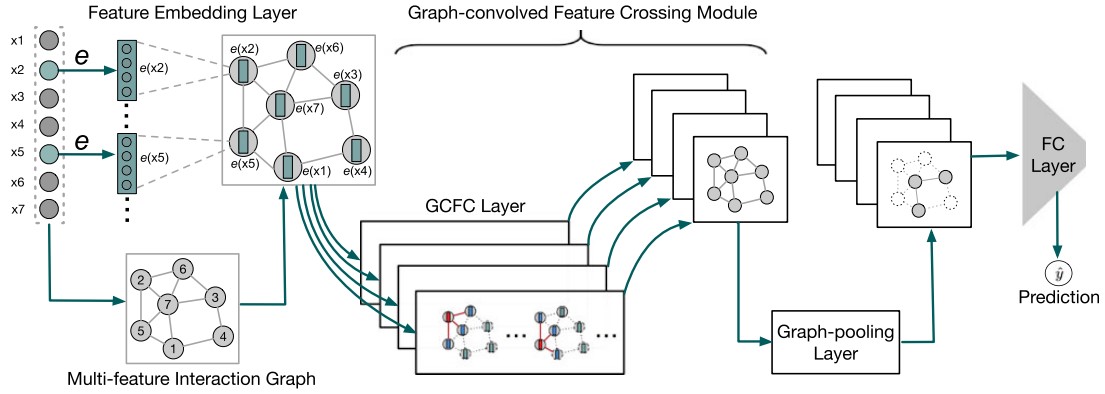Abstract
Factorization machines (FMs) and their neural network variants (neural FMs) for modeling second-order feature interactions are effective in building modern recommendation systems. However, feature interactions are based upon pairs of features, whereas multi-features correlations commonly arise in real-world financial product recommendation scenarios. We propose an effective neural recommender system, graph-convolved factorization machine (GCFM), with the spirit of the symbolic graph reasoning principle that provides lightweight and interpretable recommendation suggestions. Given a sample for the recommendation, GCFM constructs the corresponding dense feature embeddings and computes the sample-specific feature relationship graph. Then, a multi-filter graph-convolved feature crossing (GCFC) layer for feature embeddings establishes cross features with their neighboring embeddings. GCFM thus extends the feature interactions from pairs to neighbors to capture more comprehensive and explainable information while simultaneously reaping the advantages of representation learning. To exploit these capabilities, we apply a Graph Bayesian Optimization (GBO). During training, our GBO automatically optimizes our GCFM, including training hyperparameters and architecture hyperparameters. Besides, we conduct extensive experiments on two public financial applications benchmarks, USCFC and OTC, and two real-world datasets that we collect offline. Our GCFM significantly outperforms state-of-the-art algorithms and shows its interpretability in recommendation tasks. We further extend our model to online real-world applications, showing an appealing human-level decision intelligence in real scenarios.
Framework
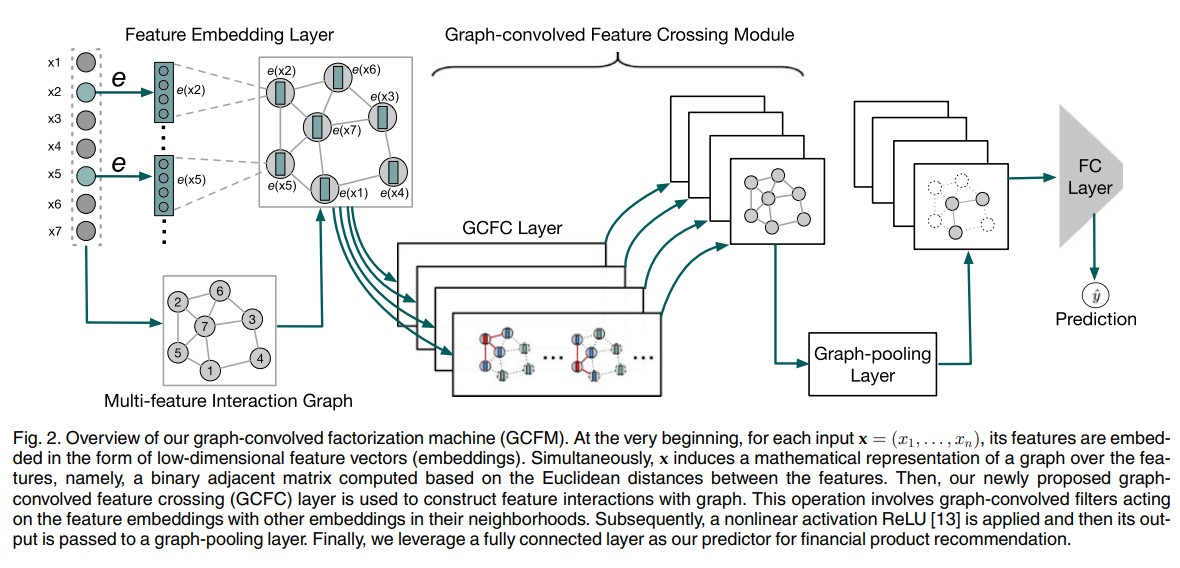
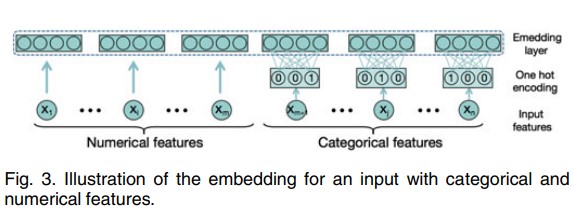
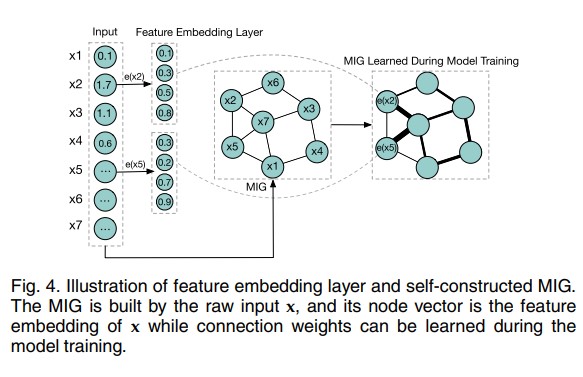
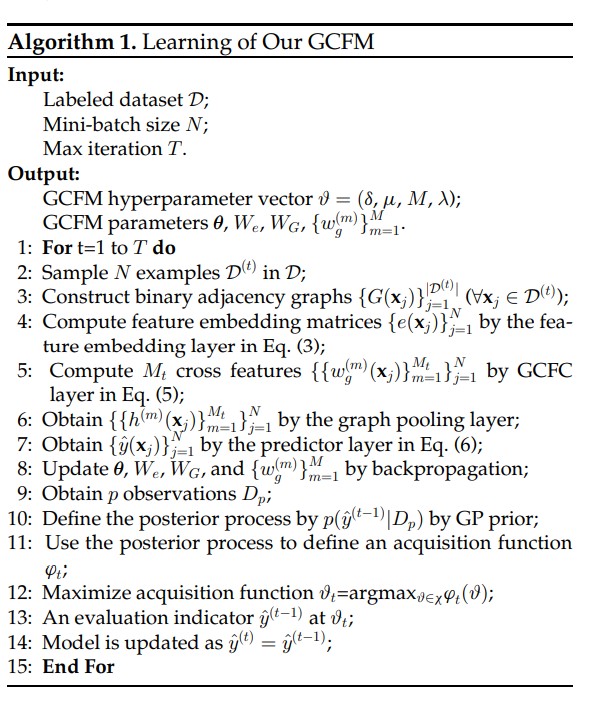
Experiment

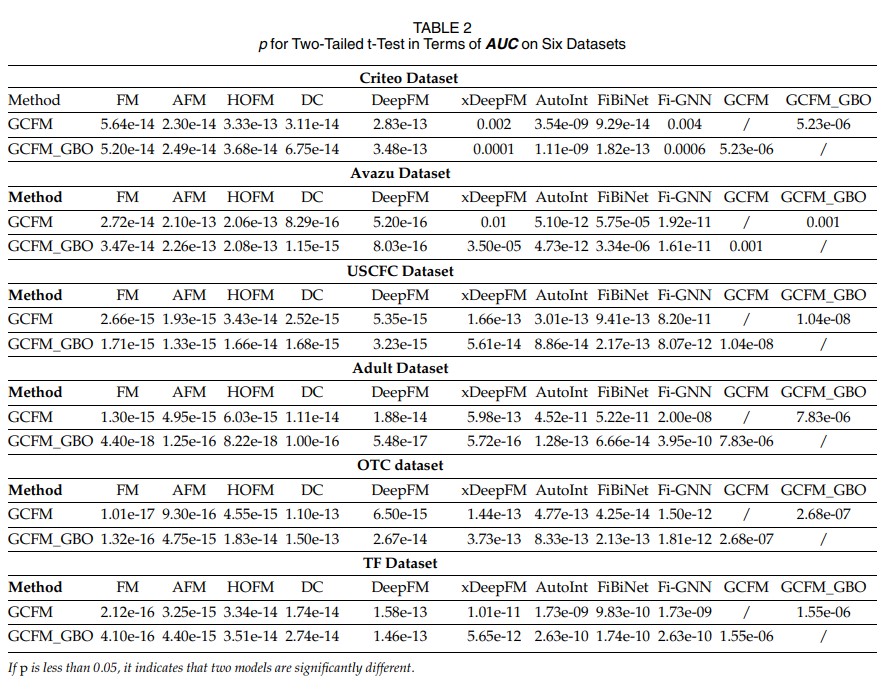
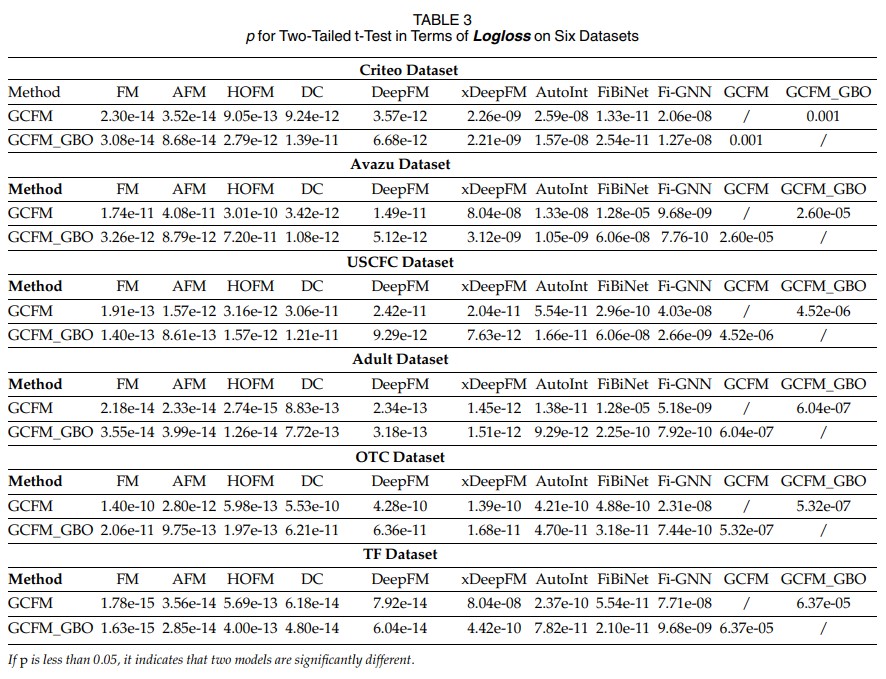

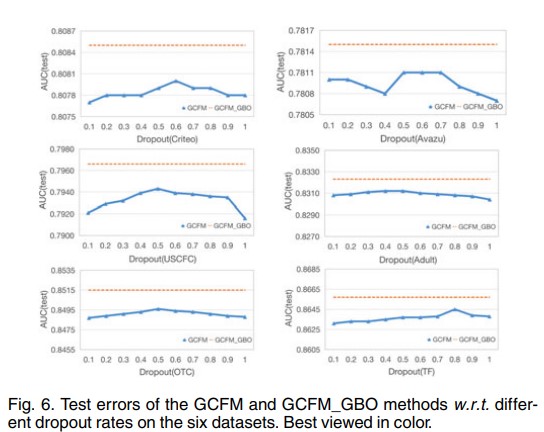
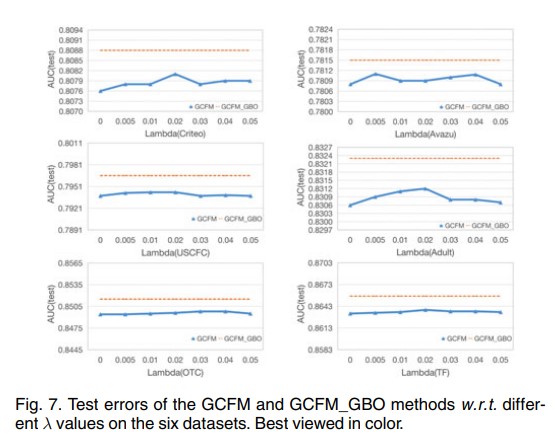
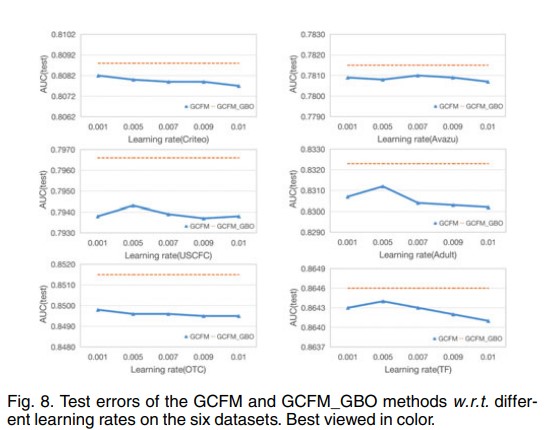
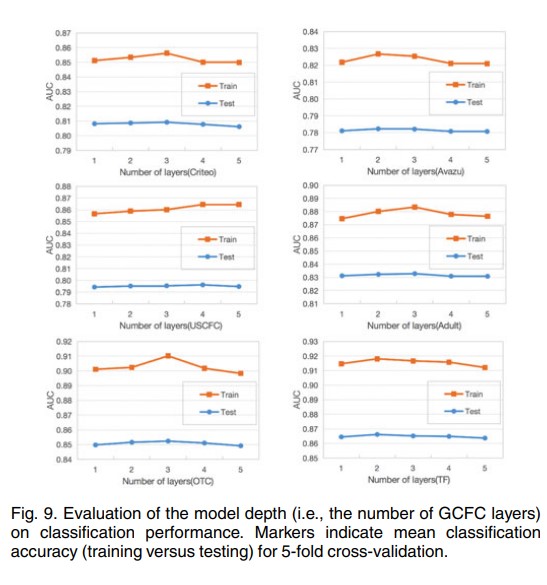


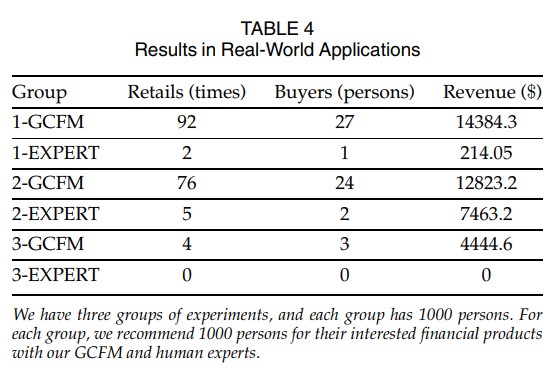
Conclusion
This paper presents a novel Graph-Convolved Factorization Machine (GCFM) to improve RS performance via graph-based modeling of multi-feature interactions. Since conventional k-order feature interactions are extremely rigid, high-cost and easily leads to feature vanishing, to address these issues, the proposed GCFM models multi-feature interactions with a graph. Each feature needs to interact with its neighbor features and their connection weights can strengthen the closely related features and weaken the negatively irrelevant features. Furthermore, our GCFM achieves state-of-the-art performance and presents a superior interpretability in recommendation tasks. We further extend our model to online real-world applications, which show an appealing human-level decision intelligence in real scenarios. In the future, we will explore the possibility of adding causal reasoning to our GCFM to further improve personalized recommendation.
Acknowledgement
This work was supported in part by NSFC under Grants 62006253, U181146, and 61836012 and in part by State Key Development Program under Grant 2018YFC0830103.

